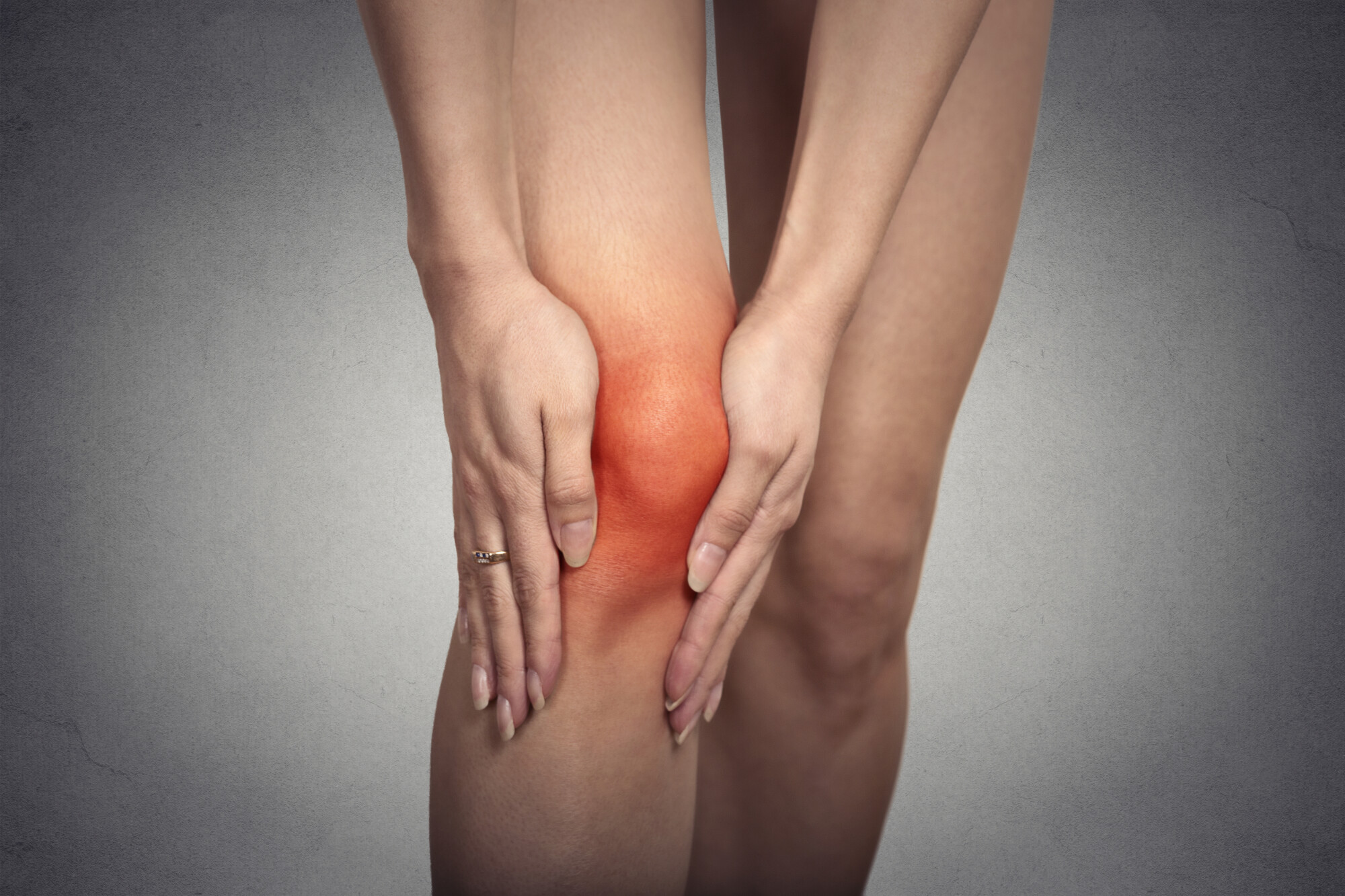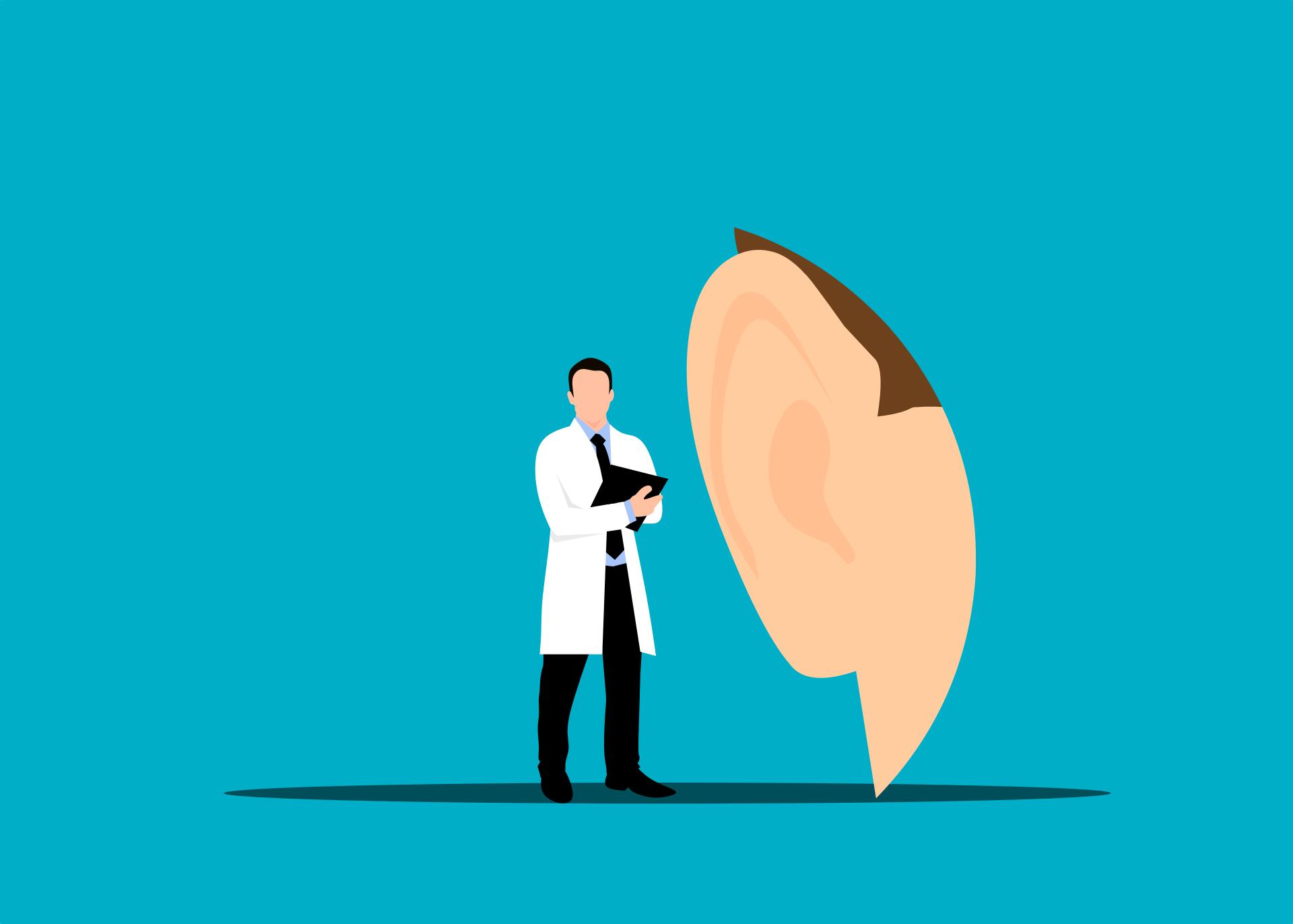
How To Treat Arthritis Pain

About 58.5 million people (24% of all adults in the US) have arthritis. Today, arthritis is also the leading cause of work disability. Annual costs for lost earnings and medical care have even reached $303.5 billion.
With one in four adults with arthritis reporting severe joint pain, many find arthritis limits their ability to enjoy certain activities. Learning how to treat arthritis pain could help improve your quality of life.
Review our arthritis guide today to discover how you can begin treating arthritis pain.
Manage Your Weight
About 7.3% of people ages 18 to 44 have doctor-diagnosed arthritis. Over 30% of those ages 45 to 64 have arthritis, and 49.7% of those over 65.
As we get older, it can get more difficult to remain physically active. However, learning to manage your weight could benefit your arthritis symptoms. Otherwise, excess weight will put additional pressure on your knees, hips, and feet.
Losing weight will reduce stress on your joints, which could help:
- Prevent future damage to your joints
- Decrease pain symptoms
- Improve your mobility
As you get stronger, you’ll also find it’s easier to keep up with your exercise program.
Talk to your doctor to set a target weight. They can also help you design a program to help you meet your goal.
Losing weight can improve your overall lifestyle, too. For example, it can reduce your risk of other chronic illnesses like diabetes and heart disease. It can also improve your mood, help you sleep, and boost your self-esteem.
Adjust Your Diet
Whole foods, fruits, and vegetables can boost your immune system, improving your overall health. Foods that are rich in antioxidants can help reduce free radicals and inflammation throughout the body, too. Try adding berries, salmon, and other anti-inflammatory foods to your diet.
Otherwise, try to limit your intake of saturated fat, processed foods, red meat, and added sugars. These foods can aggravate inflammation to contribute to your symptoms.
Use Hot and Cold Therapy
Hot and cold therapy could help ease inflammation, which is likely contributing to your arthritis symptoms. You can talk to your doctor before you add heat and cold treatments to your routine.
Heat treatments can include:
- Using an electric blanket
- Placing a moist heating pad on a joint
- Taking a long, warm bath or shower to ease stiffness
Cold therapy can include using a bag of frozen vegetables or a gel ice pack against a painful joint. Always wrap a cold pack in a towel to avoid direct contact. Cold therapy can help ease swelling, inflammation, and joint pain to provide quick relief.
You can also use topical ointments and creams that contain capsaicin, a compound that’s found in chili peppers. These creams can soothe joint pain by providing warmth to the pained area.
Work Up a Sweat
Working up a sweat can help you manage your weight. It can also keep your joints flexible while strengthening the muscles around your joints. Strengthening these muscles will offer additional support.
Look for low-impact exercise programs like:
- Tai chi
- Water aerobics
- Swimming
- Cycling
- Walking
Consider exercising with a trainer to ensure you don’t injure yourself while beginning new activities. You might want to begin exercising with a friend or family member, too. They can keep you motivated as you begin your exercise program.
For example, you can go for a walk together or try an exercise class. Turning exercise into a social event can boost your mood as well.
Use Medication and Supplements
Talk to your doctor about treating arthritis pain with medications.
For example, they might recommend analgesics to ease mild to moderate pain. However, these medications won’t help with inflammation around hot, swollen joints.
They might recommend nonsteroidal anti-inflammatory drugs (NSAIDs), though they’re not ideal long-term.
You can explore our arthritis products for safer alternatives.
You can also add herbal supplements to your routine to treat arthritis pain. These supplements could help reduce joint pain and inflammation. For example, you might consider:
- Thunder god vine
- Boswellia
- Devil’s claw
- Ginkgo
- Bromelain
- Stinging nettle
Make sure to talk to your doctor before adding supplements to your routine. They’ll ensure they won’t interact with any medications you’re taking.
Try Acupuncture and Massage Therapy
As you begin using these arthritis tips, consider trying something new. For example, you might consider turning to acupuncture this year. Acupuncture is an ancient Chinese medical treatment.
This form of therapy involves inserting thin needles into points throughout the body. Practitioners believe it reroutes energies to restore balance to your body. It could help ease arthritis pain.
However, it’s important to make sure you find a certified, licensed practitioner before you begin acupuncture as a form of treatment.
If you’re uncomfortable with acupuncture, consider massage therapy instead.
Massage therapy can help manage the joint pain and discomfort you’re experiencing. It can also relieve stress and tension throughout the body. Make sure to find an experienced, licensed massage therapist before getting started.
If you can, look for a massage therapist who has experience helping people with arthritis. A physical therapist could help by providing self-massage tips as well.
Look for ways to manage your stress levels, too. For example, you can add relaxation techniques like meditation to your routine. Lowering your stress levels could help you better cope with the pain.
Minimizing stress hormones like cortisol could also lower inflammation and pain throughout the body.
For example, you might consider picking up yoga and tai chi this year. These practices combine breathing, relaxation, and meditation techniques with low-impact exercise. Mindfulness meditation can also help improve morning stiffness, stress, anxiety, and fatigue.
How to Treat Arthritis Pain: Apply These Tips and Ease the Ache
Learning how to treat arthritis pain could improve your mobility and quality of life. Make a change for the better by using these arthritis tips. Remember to consult your doctor before making any major changes, too.
Want to save time by consulting a licensed, online doctor? We’re here for you.
Schedule a consultation today to get started.
Related Posts


